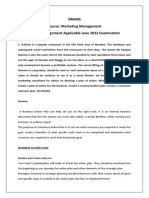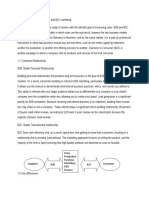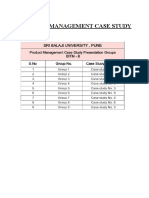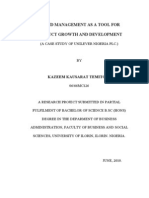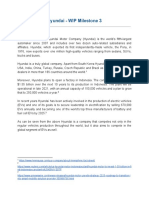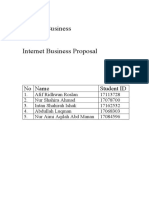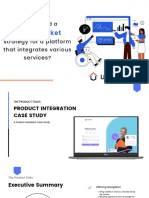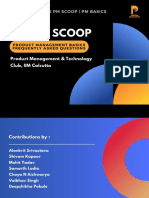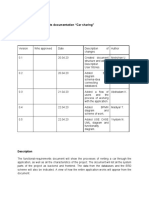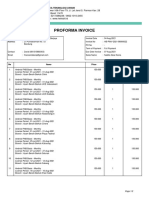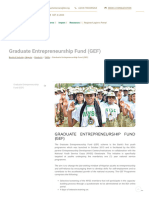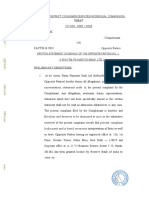0% found this document useful (0 votes)
183 views8 pagesAnn Adham MBA Midterm Case Study
1. The document discusses India's growing e-commerce market, which is dominated by Flipkart and Amazon. It outlines Flipkart's history and growth strategy in India, becoming the largest e-commerce company through innovations like cash-on-delivery and partnerships with logistics companies.
2. As competition increases from Amazon and other players, e-commerce companies are focusing on reducing costs and increasing profits through strategies like private labels, supply chain integration between acquisitions, and targeting specific customer segments.
3. The document also examines industry trends like the hybrid online-offline model and how companies are trying to balance market share growth with achieving profitability.
Uploaded by
omarshrief84Copyright
© © All Rights Reserved
We take content rights seriously. If you suspect this is your content, claim it here.
Available Formats
Download as PDF, TXT or read online on Scribd
0% found this document useful (0 votes)
183 views8 pagesAnn Adham MBA Midterm Case Study
1. The document discusses India's growing e-commerce market, which is dominated by Flipkart and Amazon. It outlines Flipkart's history and growth strategy in India, becoming the largest e-commerce company through innovations like cash-on-delivery and partnerships with logistics companies.
2. As competition increases from Amazon and other players, e-commerce companies are focusing on reducing costs and increasing profits through strategies like private labels, supply chain integration between acquisitions, and targeting specific customer segments.
3. The document also examines industry trends like the hybrid online-offline model and how companies are trying to balance market share growth with achieving profitability.
Uploaded by
omarshrief84Copyright
© © All Rights Reserved
We take content rights seriously. If you suspect this is your content, claim it here.
Available Formats
Download as PDF, TXT or read online on Scribd
/ 8




